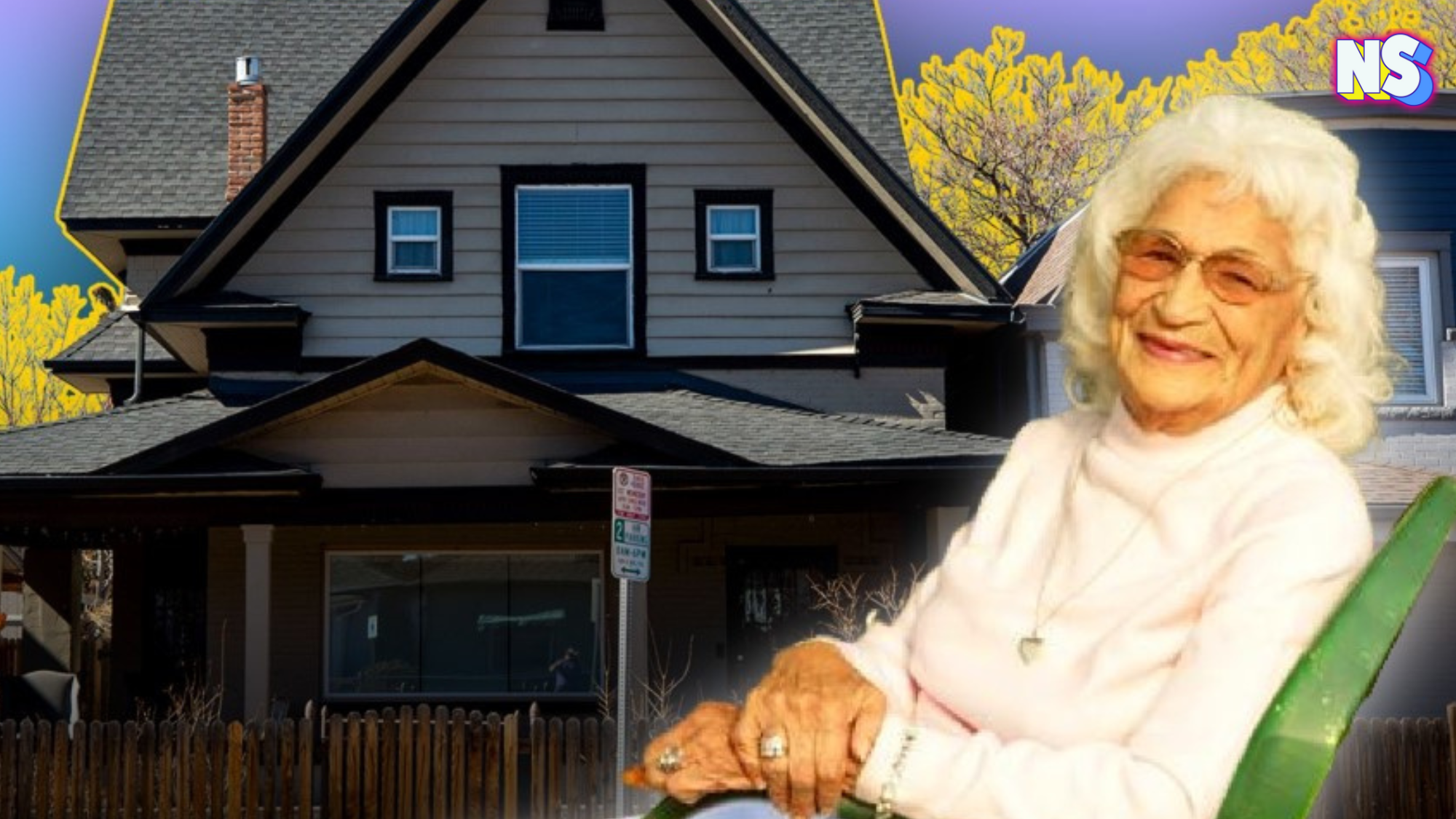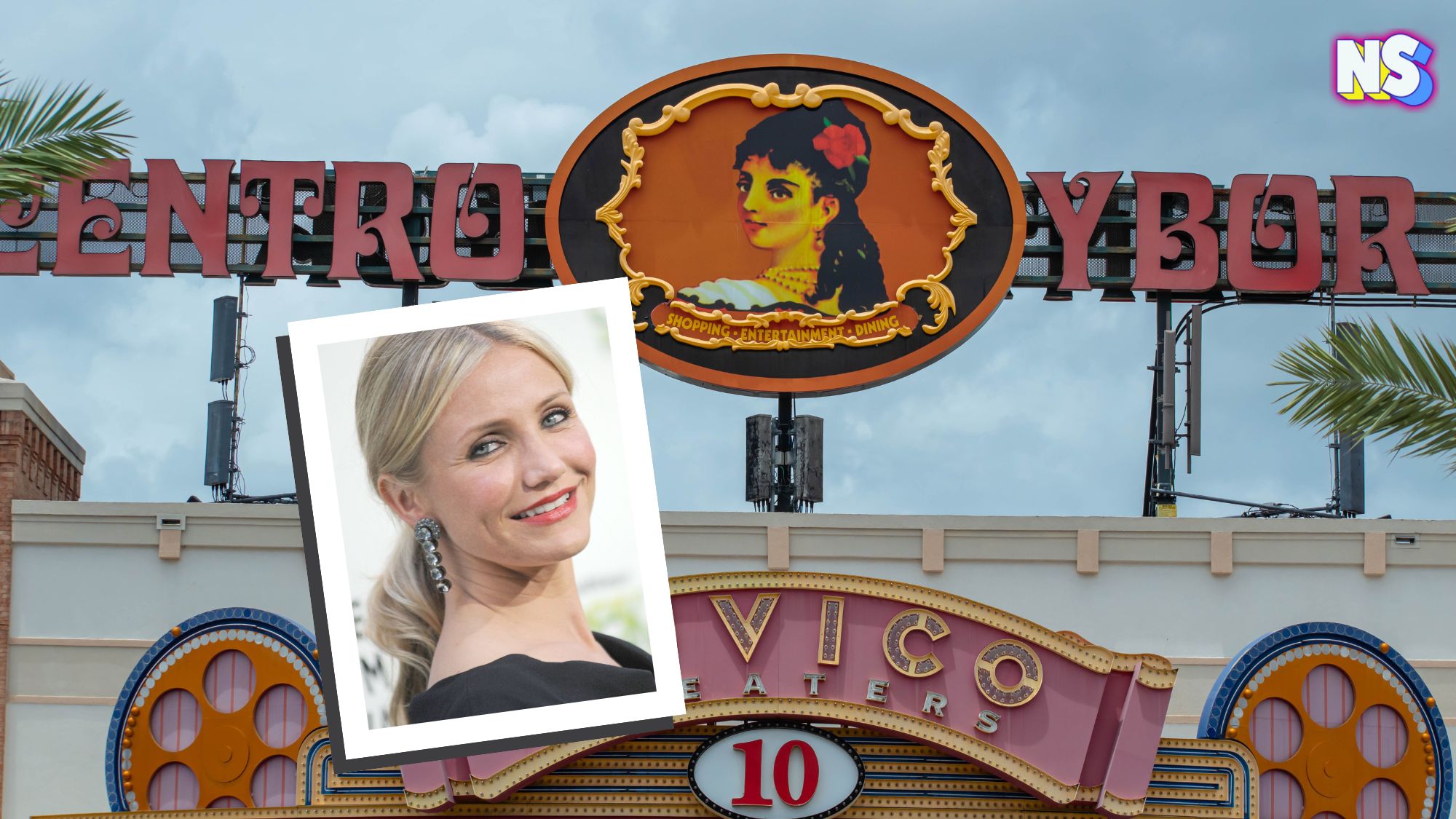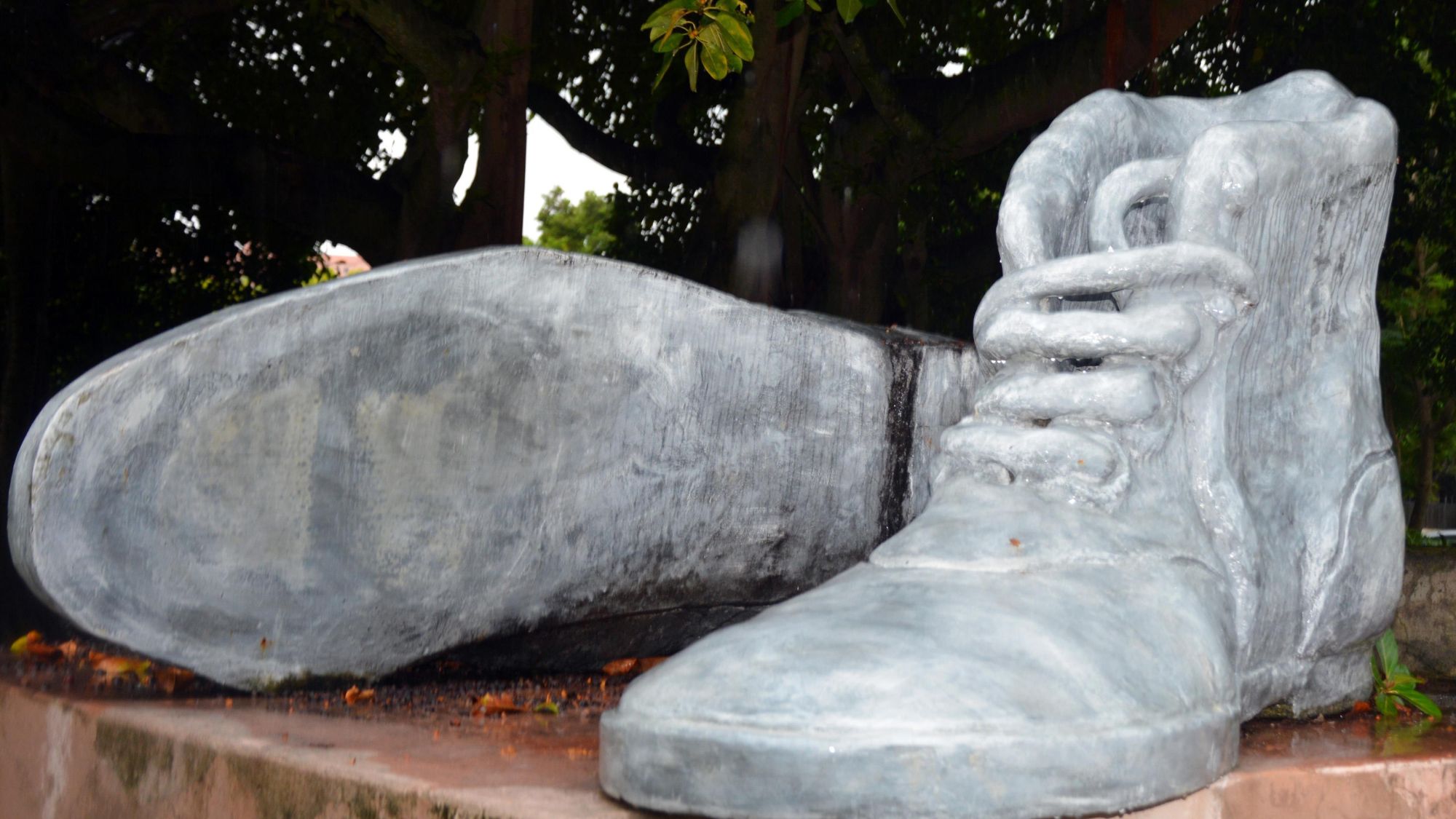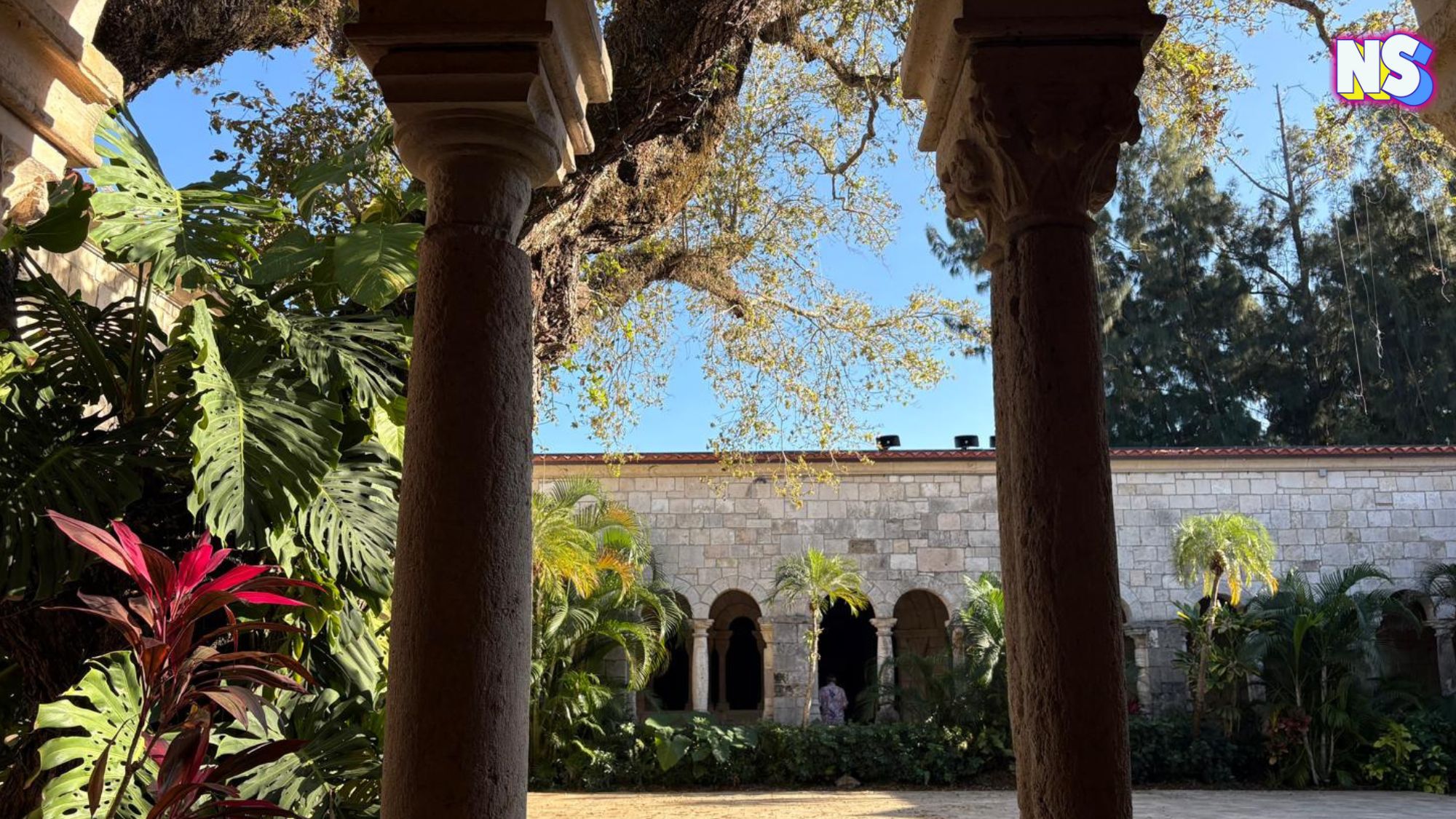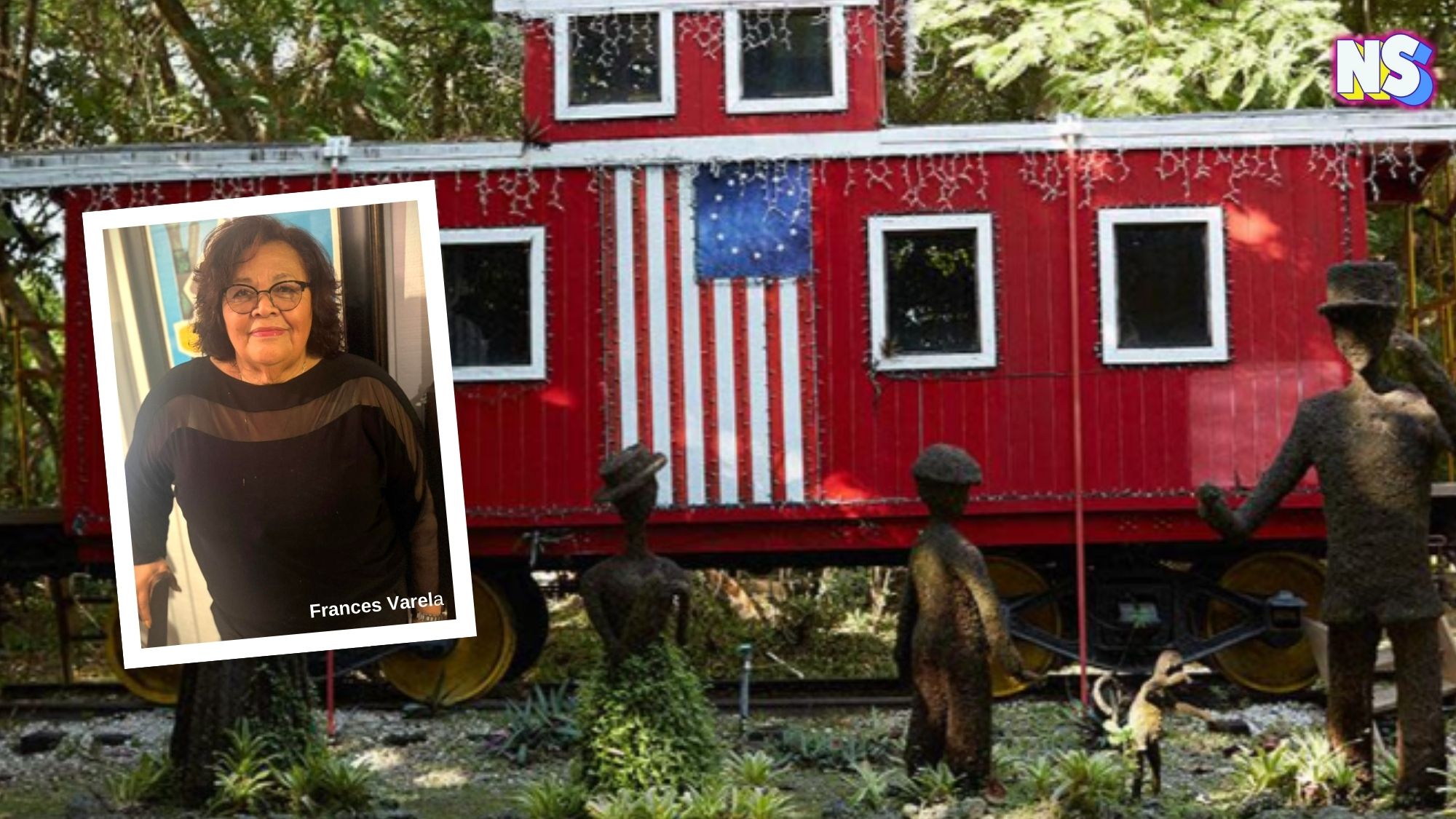It’s the beginning of Pride Month, a time to honor community leaders like Lucy Lucero. Hers may not be a household name, but her legacy is deeply intertwined with Denver’s LGBTQ+ history. “From … humble beginnings, the woman who people on Galapago Street would call ‘Auntie Lucy’ became everybody’s favorite Tía (Aunt) on the Westside of Denver,” the site Corn Mothers writes.
Despite growing up in poverty, Lucero always welcomed the needy and the hungry to her house on Galapago Street. She made it the community’s home with her love and compassion when it was needed the most … during the AIDs pandemic.
The House on Galapago Street
Lucy Lucero’s home at 547 Galapago Street became a sanctuary for young gay Latinos facing family ostracism.
Lucy Lucero wore many hats. She ran a restaurant, managed a tree trimming business, and cooked for hundreds of hungry souls. Those who knew her say her two-story house was always filled with the aroma of beans and green chile.
“She mended clothes for the needy and took dozens of “lost” children and adults into her home to feed, clothe and love,” Corn Mothers explains. “Her door was never closed, and her warm heart was never cold.”
A Shelter for Gay Latinos
During the 1980s, when the HIV epidemic struck fear and rejection into the hearts of many, Lucero’s home provided solace. Young Chicanos with HIV, often ostracized by their families, found refuge within its walls. Here, they discovered a place filled with music, food, and laughter — a stark contrast to the isolation they faced elsewhere.
“It was open from like the 1950s to 2010 to young gay Chicano youth who had nowhere else to go, who were often kicked out of their homes,” a Denver historian tells Denverite. “It’s this really remarkable story. It was a place of food and music and drag queens, and just acceptance. And during the 1980s, during the AIDS crisis, they took in a number of young men who were HIV positive from the community, who again, had nowhere else to go.”
Councilmember Jamie Torres, whose Westside district has a large Latino population, adds: “It was a safe haven for young, gay Latinos … I never knew that.”
Lucy Lucero’s Impact
Lucero passed away in 2010, at the age of 90, but her story is finally being told by her Denver community and by Washington D.C.’s Smithsonian.
Her story is included in the multi-generational, and multicultural, traveling museum exhibit Corn Mothers. Founded in 2007, Corn Mothers is a companion to the Smithsonian Exhibition “Crossroads: Change in Rural America.”
Her grand-niece, best-selling author Kali Fajardo-Anstine, is also keeping her alive through her writing. Fajardo-Anstine says her Aunt’s legacy served as the inspiration behind her fiction novel, “Woman of Light.”
“I remember sitting in my Auntie Lucy Lucero’s home on 5th and Galapago and thinking to myself, ‘My people need our stories included in the literary canon,’” Fajardo-Anstine tells the Colorado Sun. “And that’s how I decided I would write this book.”
Thousands who knew her keep Lucero’s story alive by sharing her story with others.
“It can be said that Lucy was a woman who was so strong that she never let grief and despair consume her,” Frank Archuleta writes. “She always had the grace and courage to face a new day and live life. … If you needed a shoulder to cry on or a tasteful frock to borrow or a kick in the pants to get you going, she could do it and make sure you had something good to eat too.”

